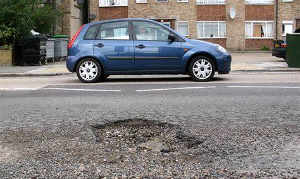Auckland flood loss estimates top $1.5 billion: Perils

The New Zealand flood catastrophe that struck Auckland and neighbouring regions from January 27 to February 2 has led to insured losses of around $NZ1.65 billion ($1.53 billion), according to Swiss catastrophe data firm Perils.
Perils says its initial estimates for the event cover the property line of business and are based on loss data collected from the majority of the New Zealand insurance market. An updated estimate of the market loss will be provided in May.
It is the first New Zealand insured loss event reported by Perils since it started covering the market in 2019.
“This event is unprecedented being the largest weather-related insurance industry loss historically for New Zealand,” Asia Pacific Head Darryl Pidcock said.
He says the disaster is the third largest catastrophe event for the sector, surpassed only by the Canterbury earthquakes of 2010/11 and the Kaikoura quake in 2016.
“In addition, Cyclone Gabrielle passed through the North Island region only ten days after the North Island Floods, causing considerable damage and leaving many people homeless,” Mr Pidcock said.
“For two such extreme weather events to occur within such a short period is unprecedented in New Zealand’s recent history and will test the industry’s existing understanding of these perils.”
Extreme rainfall caused severe inundation across the greater Auckland region and surrounding areas on the North Island, resulting in the costliest weather event for the region’s insurance industry to date, the catastrophe data firm says.
“The event was fuelled by extraordinarily warm and humid weather throughout the summer which culminated in record-breaking rainstorms… these caused intense pluvial, fluvial and sewage flooding which affected a large number of insured properties,” Perils said.
“The record rainfall amounts were driven by a pronounced atmospheric river which brought moist and warm air masses to New Zealand which collided with strong easterly winds that triggered the heavy convective rainfall over the North Island.
“Although similar rainstorms have occurred in the past, these had previously spared major cities, whereas in this case Auckland was severely impacted.”





